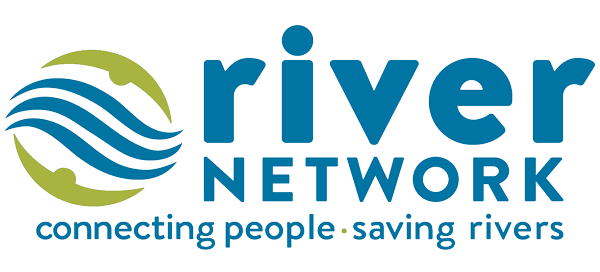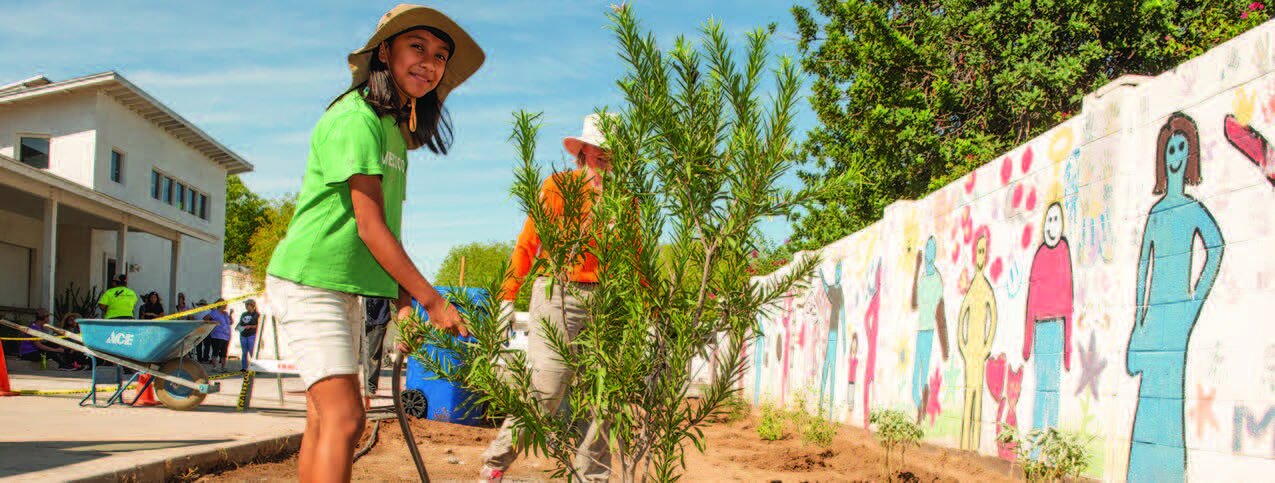
Neighborhood Engagement
Our neighborhood engagement work aims to build a more participatory and resilient neighborhood, and we use several community development tools to do that. The overarching goal of the work is to ultimately Wealth Building in neighborhoods that have traditionally had low wealth as a part of an anti-displacement strategy.
We use art and food in a culturally appropriate way as a tool for engagement in our creative placemaking and place keeping strategies and to get people further involved. We’ve developed an engagement model of neighborhood Platicas (Platica is the Spanish word for “Chats” or “Conversations”), Walking Audits, and Prototyping Workshops to identify community-driven projects. We use this as a part of our community engagement and community organizing strategies, and it serves as an entry for many neighbors into our ongoing work to increase resilience in our neighborhoods.
Financial Opportunity
Helping to build the wealth of individuals in a neighborhood is critical, especially in low-income communities seeing large amounts of public and private investment. The first step to help develop the people's wealth is to build trust with the people. All of the work that RAIL CDC does is focused on building trust. Once trusted relationships are built, wealth building can begin the hard work. Our work in Financial Opportunity will focus on career and financial coaching services that help families living on a low- to moderate-income build effective money habits and focus on the financial bottom line. Our goal is to provide employment and career counseling, one-on-one financial coaching and education, and low-cost financial products that help build credit, savings, and assets. While also connecting our neighbors with income supports such as food stamps, utility assistance, and affordable health insurance.
If you are interested in receiving help in connecting to Financial Opportunities, register here and one of our financial coaches will contact you.
SPONSORSHIP: If you are interested in sponsoring our work around Financial opportunities, Please Click Here to inquire how
Heat Action Planning
In Greater Phoenix, urban heat impacts health, safety, and the economy, and these impacts are expected to worsen over time. The number of days above 110˚F is projected to more than double by 2060. In May 2017, The Nature Conservancy, Maricopa County Department of Public Health, Central Arizona Conservation Alliance, Urban Resilience to Extremes Sustainability Research Network, Arizona State University’s Urban Climate Research Center, and Center for Whole Communities launched a participatory Heat Action Planning effort to identify both strategies to reduce heat and improve the ability of residents to deal with heat.
Platicas
The goal and format of the Platicas is very simple - to bring people together in their neighborhood and have conversations about the current opportunities and challenges that they may be facing. We use this gathering as an opportunity to build relationships and make connections to identify community leaders that already exist in each of these neighborhoods.
Walking Audits
We will invite everyone who attended the Platica and other residents to walk around their neighborhood with us and identify the physical aspects of the neighborhood that they love as well as the challenges and aspects that can be improved. Throughout the walk people take pictures of those opportunities and challenges so that we can record them and put them into a report for later use.
Our Sponsors

























